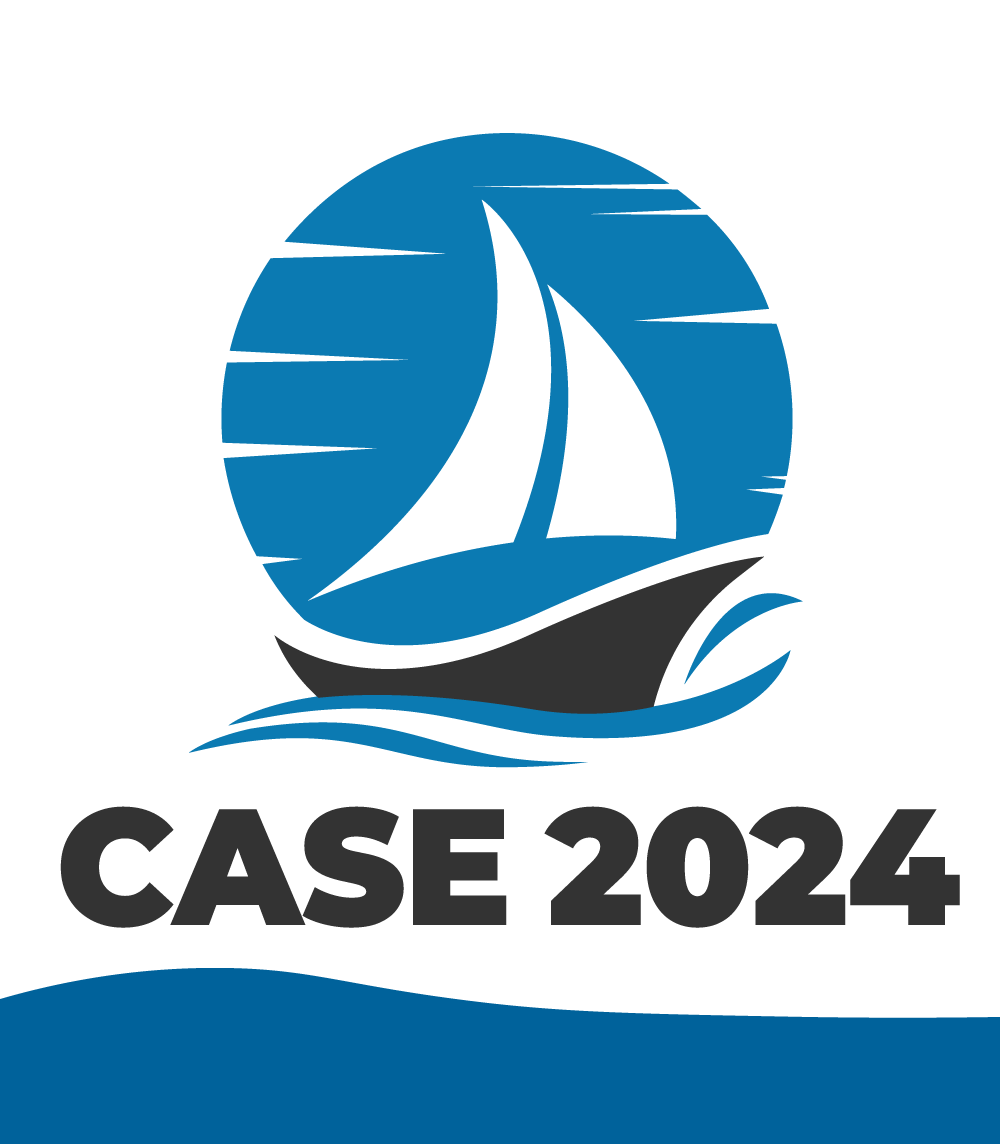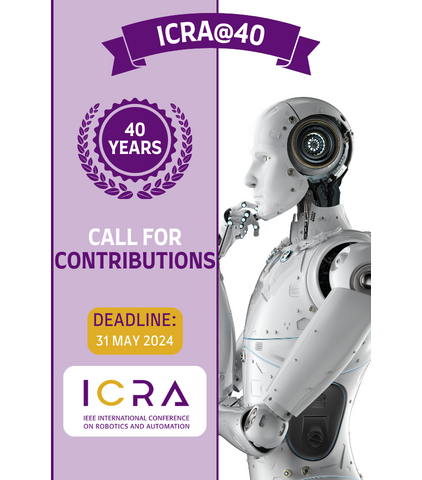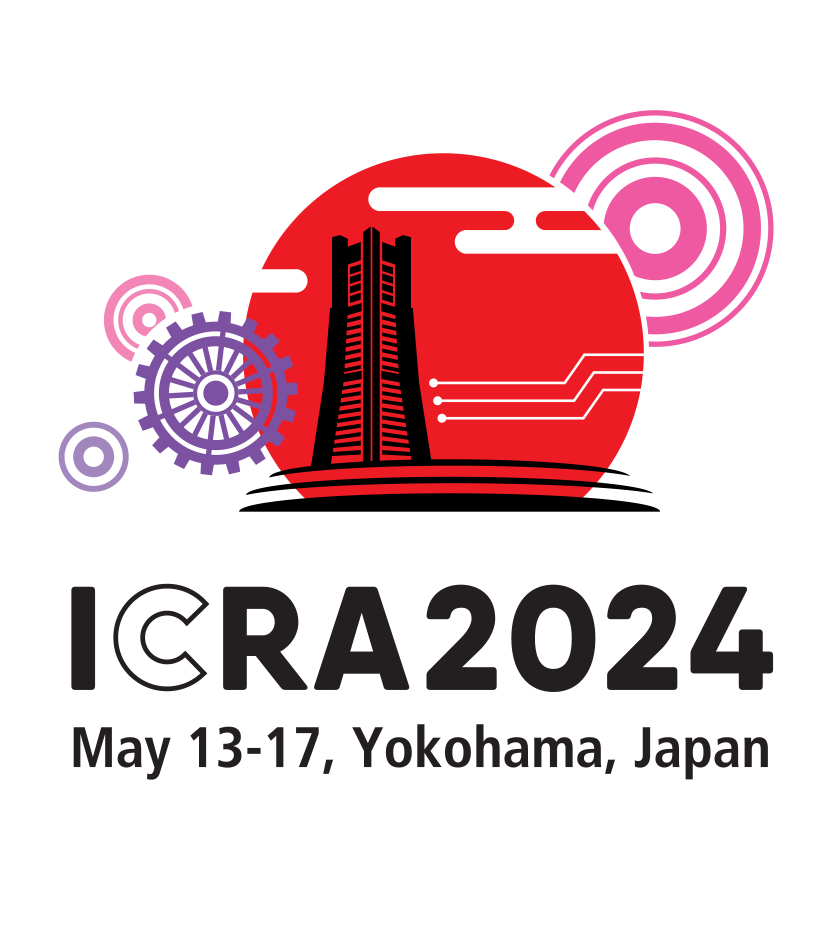The Co chairs of Human Movement Understanding is also active as the Program Co-Chair for ARSO-2022.
IEEE International Conference on Advanced Robotics and its Social Impacts (ARSO) will take place in Long Beach, California (USA) from May 28th to 30th, 2022 in hybrid (in presence and online) format.
ARSO is a single-track conference to discuss advanced robotics R&D and its implications to economic and social systems. Participants will be world-class robotic research scientists, investors, and economists, as well as representatives of industry and government. ARSO’s topics range from traditional Robotics technologies, innovation, socio-economic aspects, but also psychological and philosophical aspects of Human-Robot Interaction. ARSO 2022, will be held in conjunction with ICRA 2022 which will be the 23-27 May 2022 in Philadelphia (USA).
https://attend.ieee.org/arso-2022/
HuMoD Database: an open database for simulating human motion dynamics on the actuation level
The HuMoD Database is an open database for the investigation, modeling and simulation of human motion dynamics on actuation level with a focus on lower limbs. The database contains raw and processed biomechanical measurement data from a three-dimensional motion capture system, an instrumented treadmill and an electromyographical measurement system for eight different motion tasks performed by a healthy female and male subject as well as anthropometric parameters for both subjects. The motion tasks comprise straight walking, straight running, sideways walking, transition between standing and straight running, avoiding obstacles, squats, kicking a ball and jumps. The biomechanical measurement data provided for each motion task include
Humanoids 2015 Workshop on Locomotion
Workshop on Human locomotion understanding for the design and control of next generation of humanoids and assistive devices
Gait is a fundamental skill of the bipedal form, and is a key area of investigation in both biomechanics and humanoid robotics. While humanoid robots have achieved impressive gains in their walking ability, they are still unable to reproduce the agility, flexibility, robustness and energy efficiency of human gait. Understanding and modeling human gait can improve our understanding of gait mechanics and control, and enable us to utilize these insights to improve the design and control of next generation humanoids and assistive devices.







